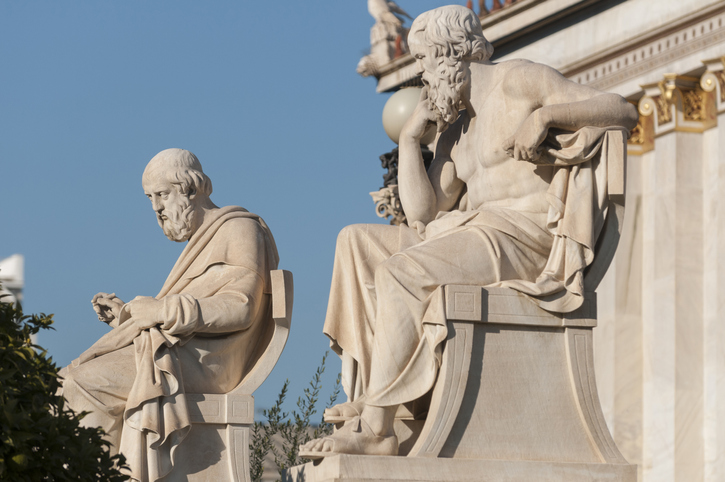One might think that the Greeks, who sustained a central role for mathematics, would have discovered the laws of probabilistic thinking. The evidence is that they didn’t. Greeks considered matters of chance to be the exclusive purview of the gods. According to this worldview, any attempt to understand what happens and what should happen was an infringement of God’s territory. It was none of man’s business.
It wasn’t until the mid-1600s that “modern” probability theory was developed. Today it’s obvious that when you toss two dice the likelihood of the dice adding up to 12 is less than the probability of adding up to 7. The ancient Greeks, however, put money on the line assuming that every outcome was equally likely. With a world view that the Gods controlled the outcome, it didn’t occur to them that the Gods appeared to favor some combinations over others.
In the decades of facilitating the development and execution of strategic plans, we’ve encountered more than one executive that saw the process of visualizing the future as a waste of time. “I can’t predict what I’ll be doing this afternoon, how can I predict where the company will be in five years?” Framing planning this way relieves executives of responsibility for the future.
It isn’t about predicting the future, that’s all but impossible. It’s about making choices today consistent with your visualization of the future. The Gods will grant your wish when a company’s executives make their daily decisions based on a clear, shared, visualization of where they want the company to be within five years. The future is more likely to be what you want when everyone asks themselves “is what I’m doing today consistent with where we want to be within five years?”
Creating and sustaining a shared visualization of the future should be an essential part of your annual strategic planning process.




.jpg)